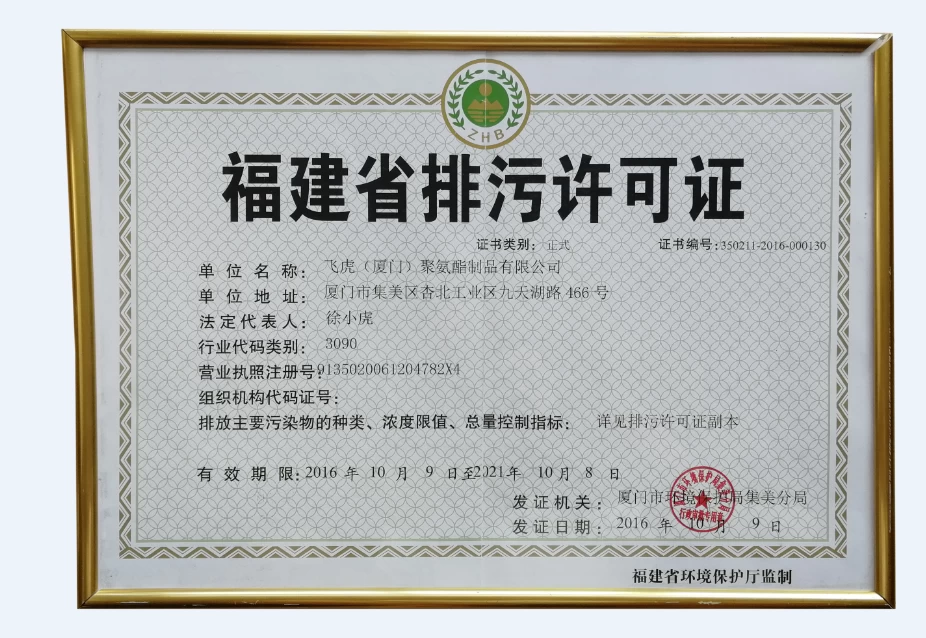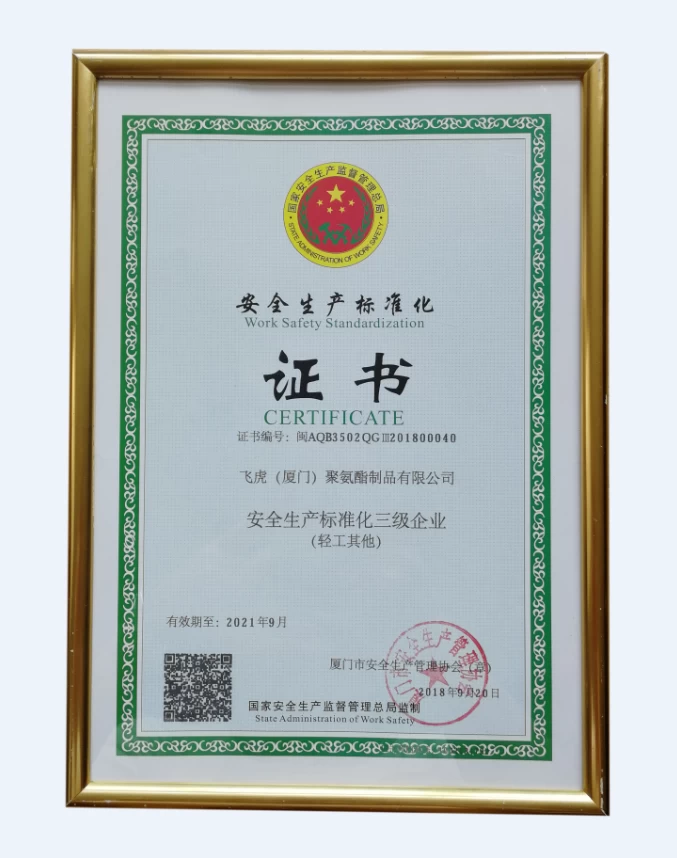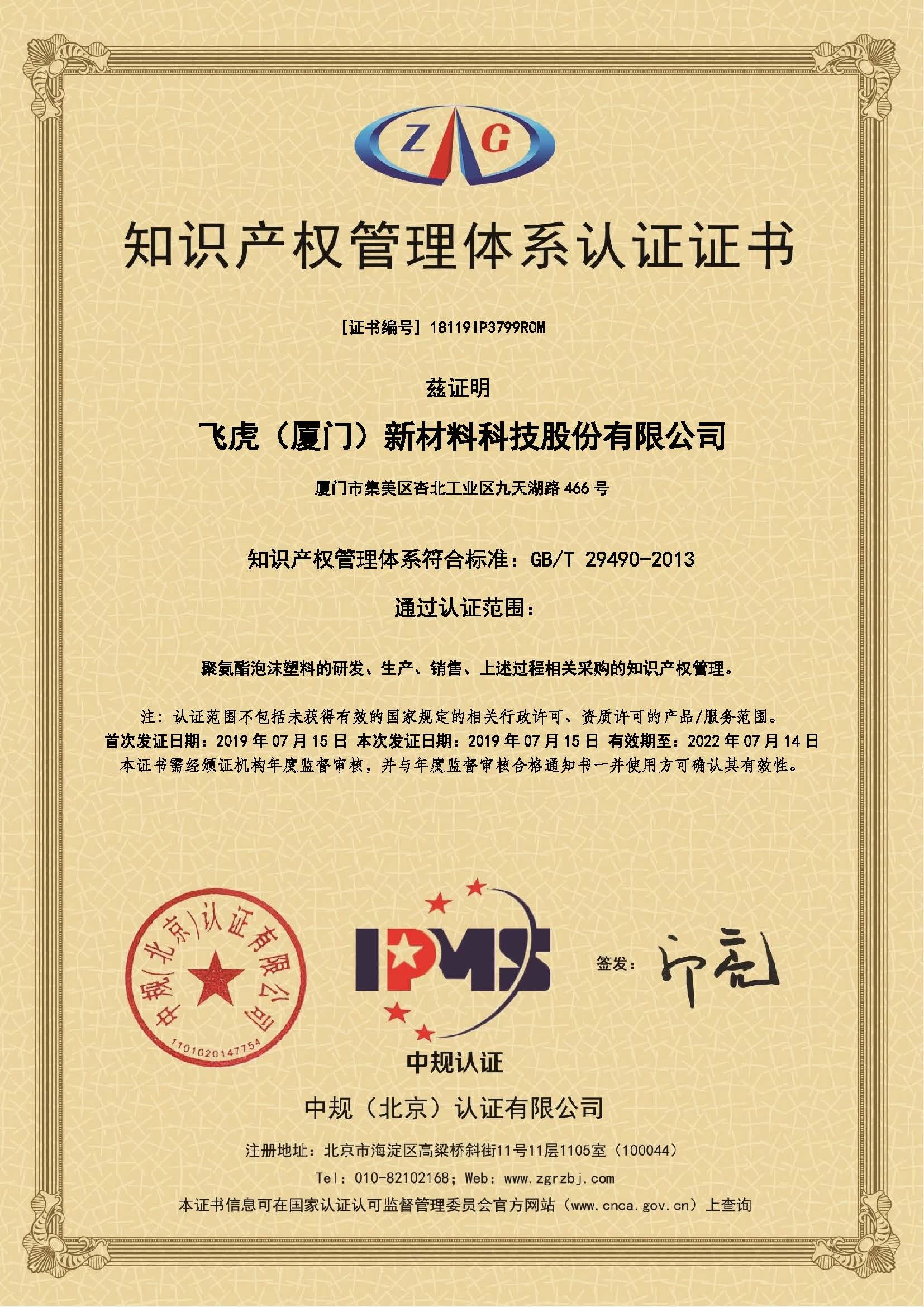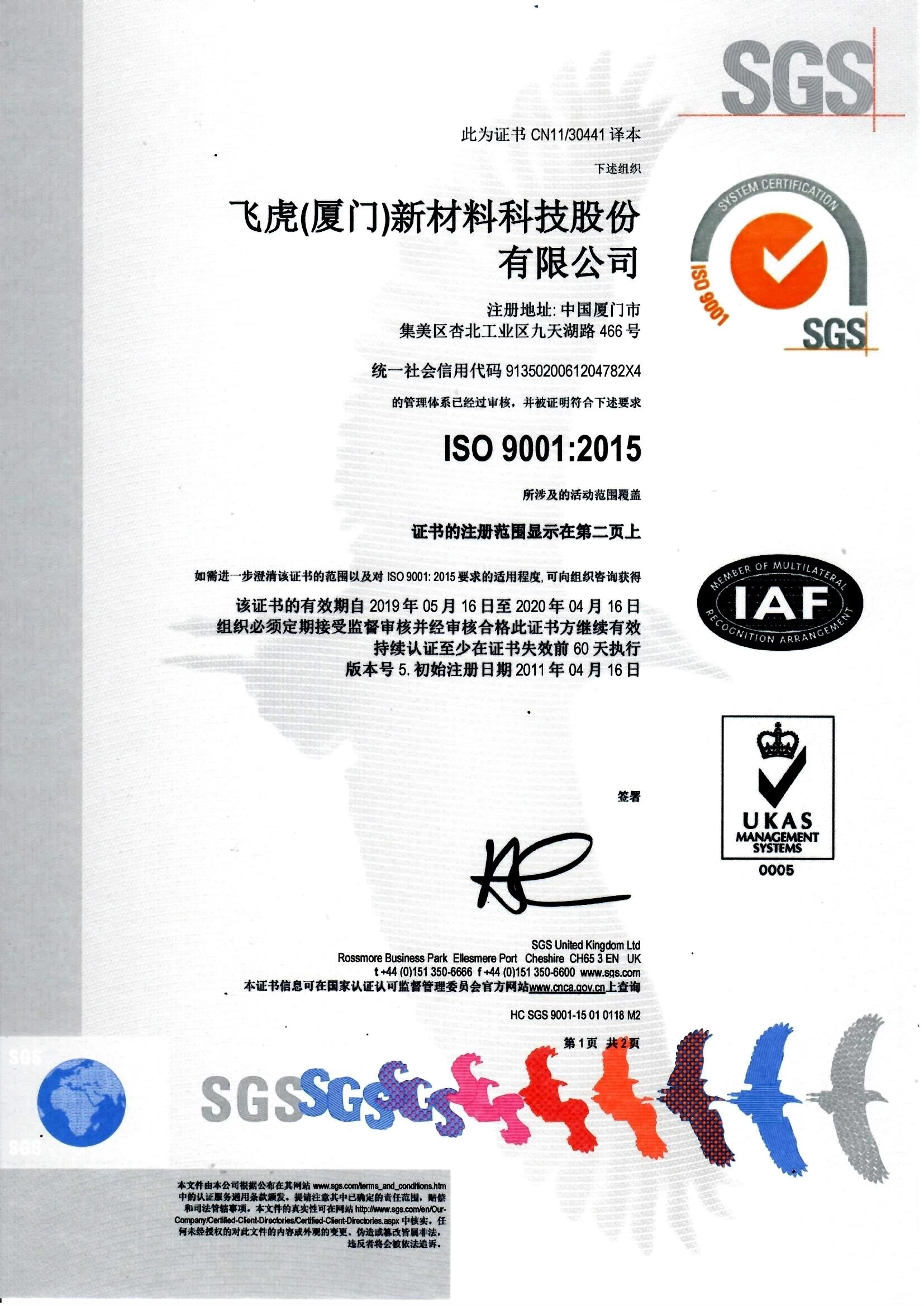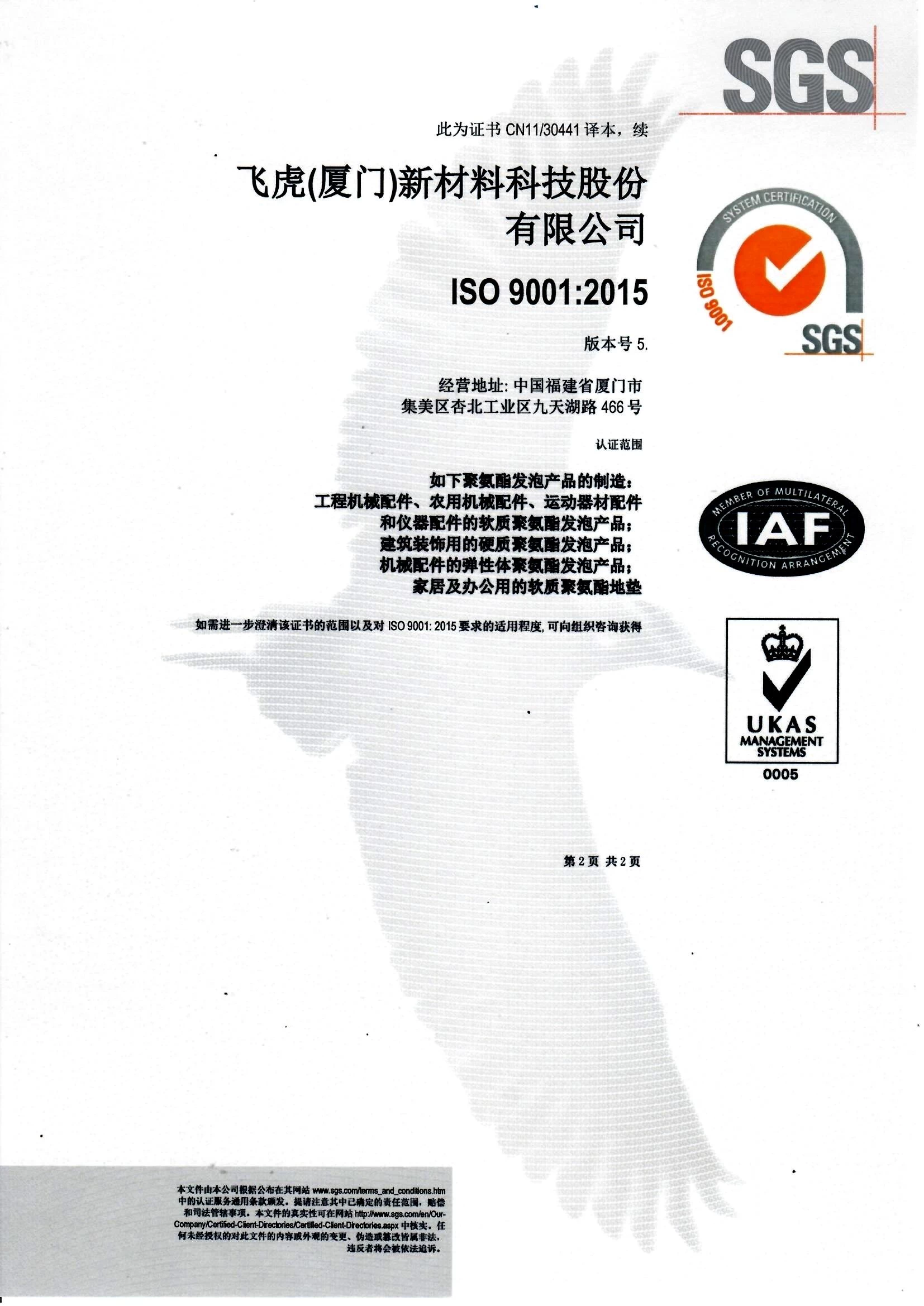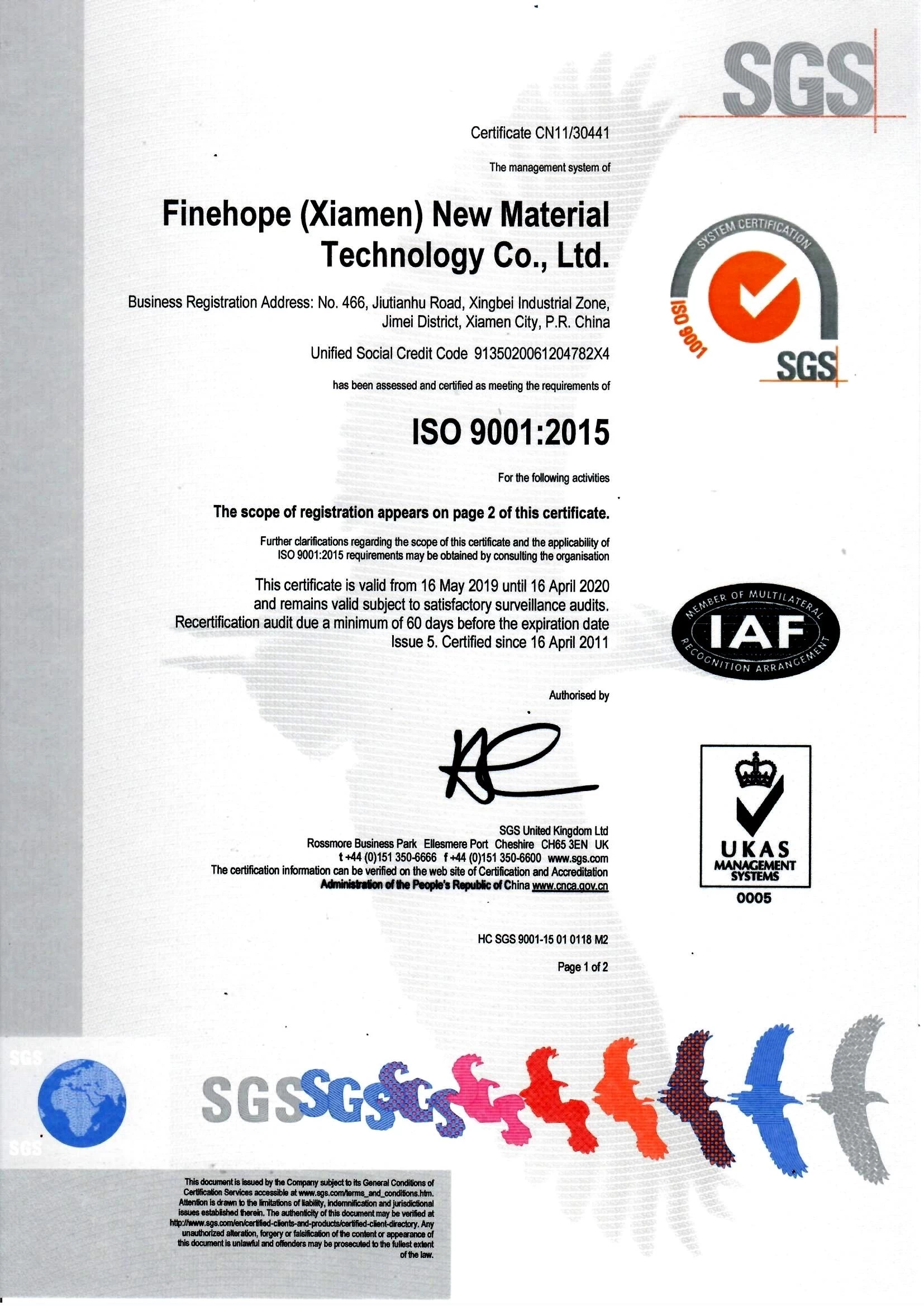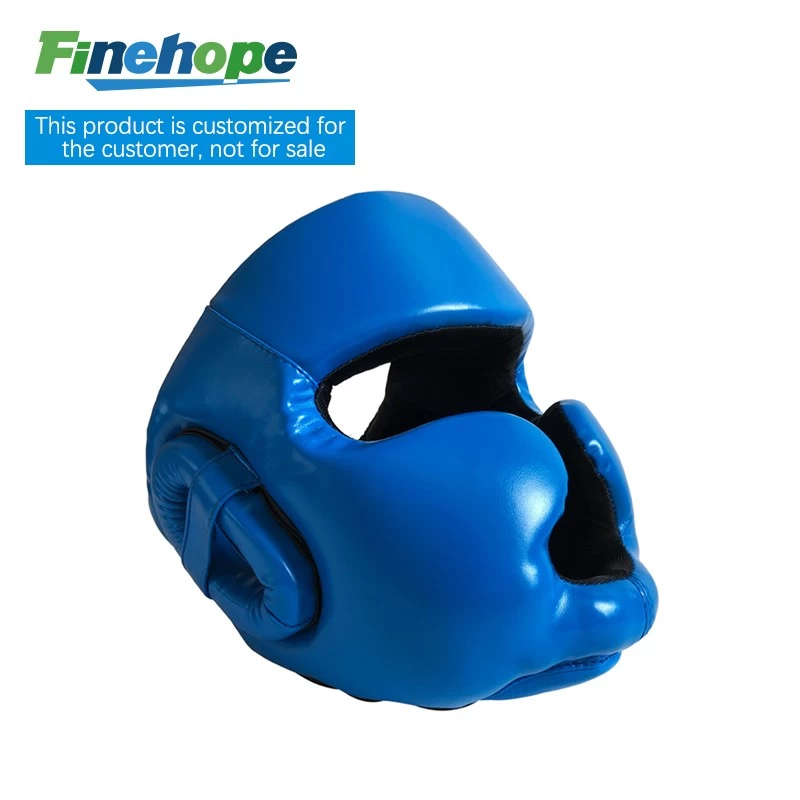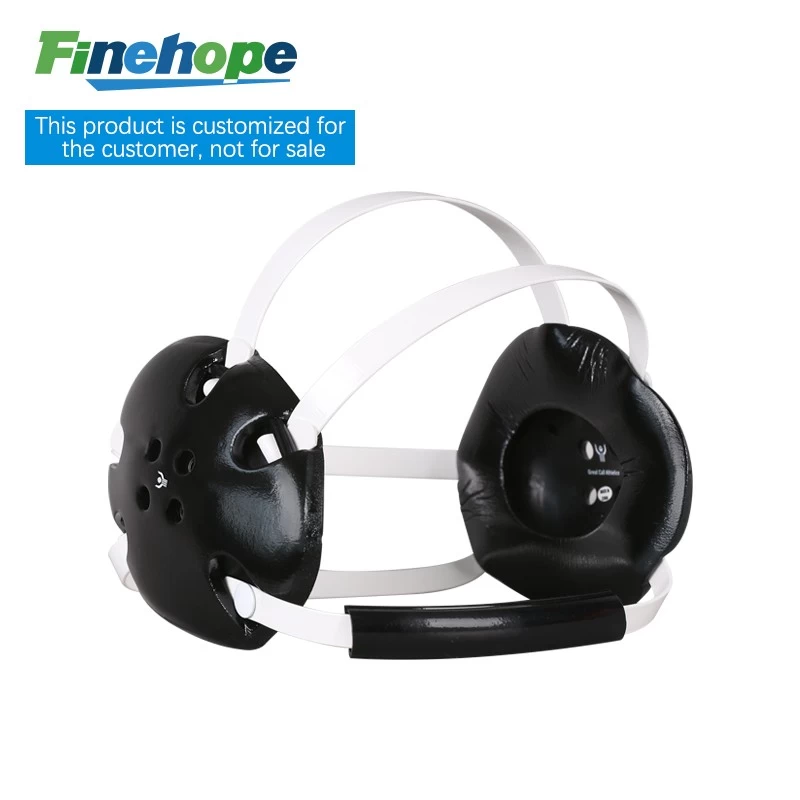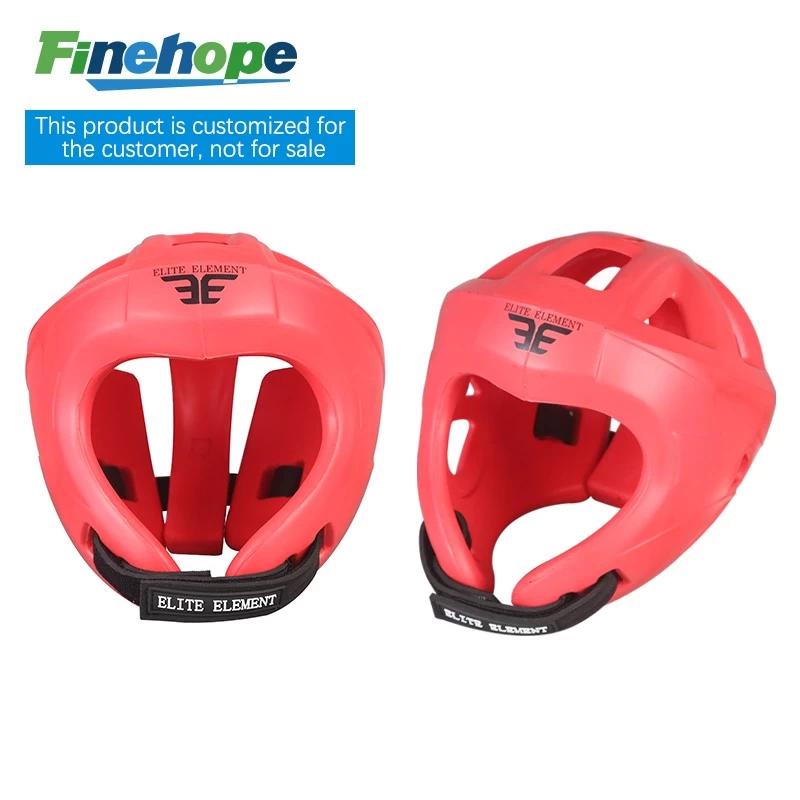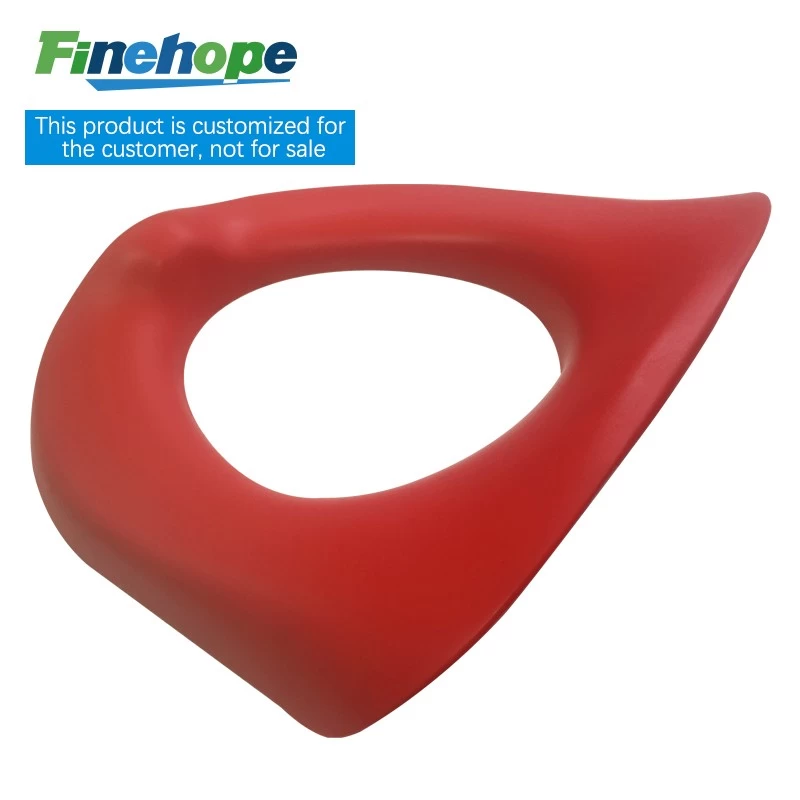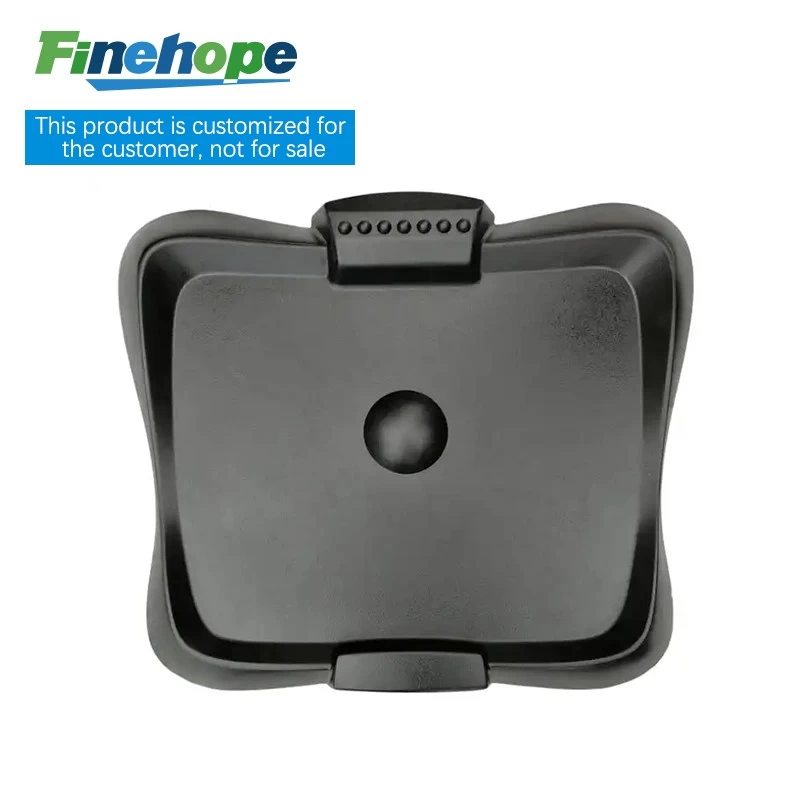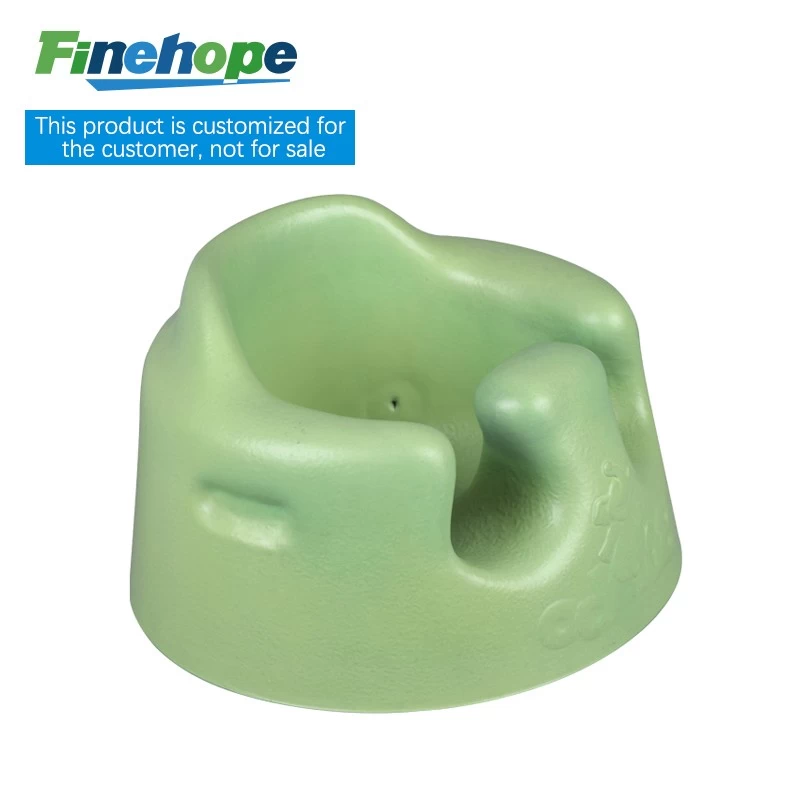The Development Status of Global Polyurethane Synthetic Leather
From the current development status of polyurethane synthetic leather in China and globally, although a large number of enterprises have conducted research on ecological, functional, and microfiber leather, there is still a significant gap compared to the leading global polyurethane synthetic leather enterprises. For example, in the field of microfiber leather technology, domestic research mostly only mentions the use of ultrafine fibers in the base fabric, and there is a lack of in-depth research and development on the manufacturing and improvement of ultrafine fiber fabrics. At the same time, foreign companies such as Coca Cola, Asahi Kasei, Dongli, and Teijin have taken a leading position in the global microfiber field.
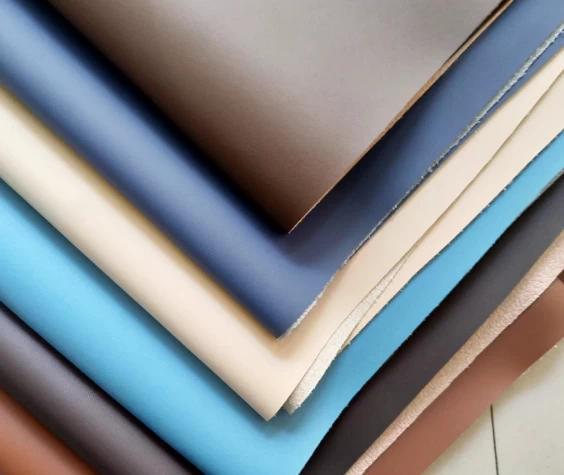
In the research of ecological synthetic leather, we can draw on the development experience of large domestic and foreign enterprises, such as Bayer, actively introduce and absorb advanced technologies from domestic and foreign enterprises, and conduct in-depth research and improvement. At present, there are problems of high energy consumption and high cost in the application of water-based resins. The energy consumption of water in water-based resin during drying is higher than that of solvent based resin, and its active substance mostly uses TDI, which is more expensive compared to solvent based MDI. In addition, due to the need for complex processes such as pre polymerization and emulsification, the viscosity of the resin is difficult to control and it is not easy to spread on release paper. It is also necessary to add water-based resin leveling agents, which further increases the cost. Therefore, it is recommended to start from various aspects such as polyurethane resin synthesis and coating, try to replace TDI with relatively inexpensive MDI in raw materials, optimize the synthesis process, improve pre polymerization, emulsification processes, control resin viscosity, and use low-cost leveling agents for coating.
In terms of functional synthetic leather research, the research direction is to develop high-quality functional synthetic leather resins. Ordinary resins no longer have any technical secrets, while high-performance functional resins have technological advantages and can achieve high added value. In the future, new technologies for functional resins should be deeply explored based on existing technologies, and synthetic leather that meets the requirements of high-end fields such as automotive interiors should be developed, such as products with high wear resistance, anti fouling performance, good hand feel, breathability, and flame retardancy.
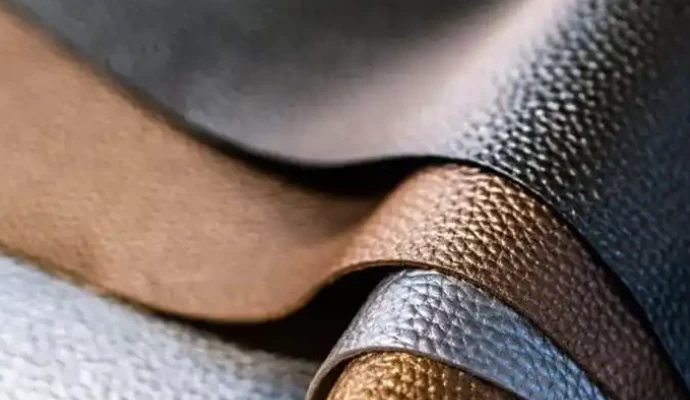
In the research of microfiber leather, it involves the study of polyurethane resin for base fabric and microfiber leather. The research focus of microfiber leather base fabric is to improve its hygiene performance, moisture and air permeability, and dyeing properties. The main difference between microfiber leather and natural leather is that there are more hydrophilic groups on collagen fibers in natural leather than in microfiber leather. The main research direction of ultra-fine fiber leather resin is to improve its mechanical strength, dyeability, moisture and air permeability, and resilience. To enhance the moisture permeability, breathability, and dyeability of microfiber leather, it is necessary to study how to improve the hydrophilicity of the base fabric used in microfiber leather, especially the polyamide fibers used in the base fabric, and at the same time, to improve the hydrophilicity of polyurethane resin used in microfiber leather. In addition, although microfiber leather has obvious performance advantages, its production process is complex, energy consumption is high, and there are problems such as toluene pollution and the production of by-products such as polyethylene. Related enterprises can improve the production technology of microfiber leather by reducing energy consumption, simplifying production processes, and minimizing pollution.




